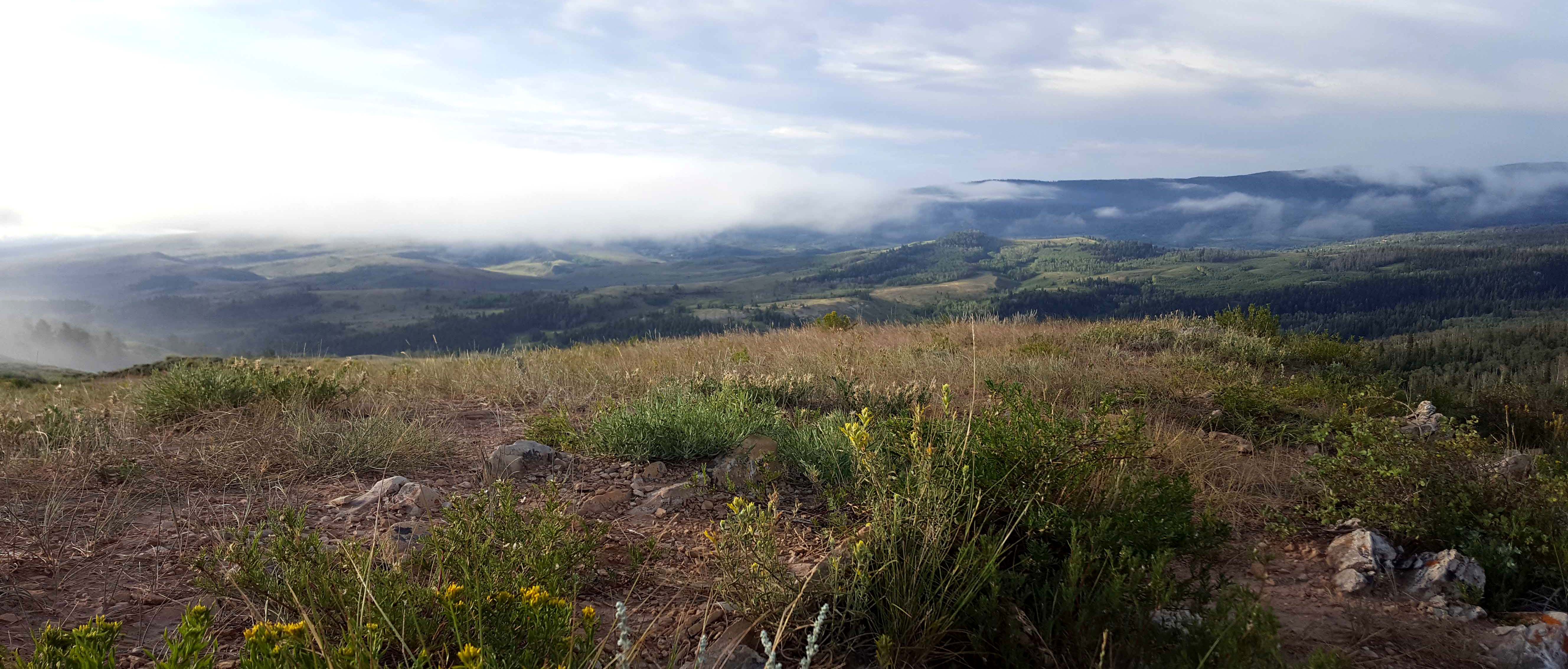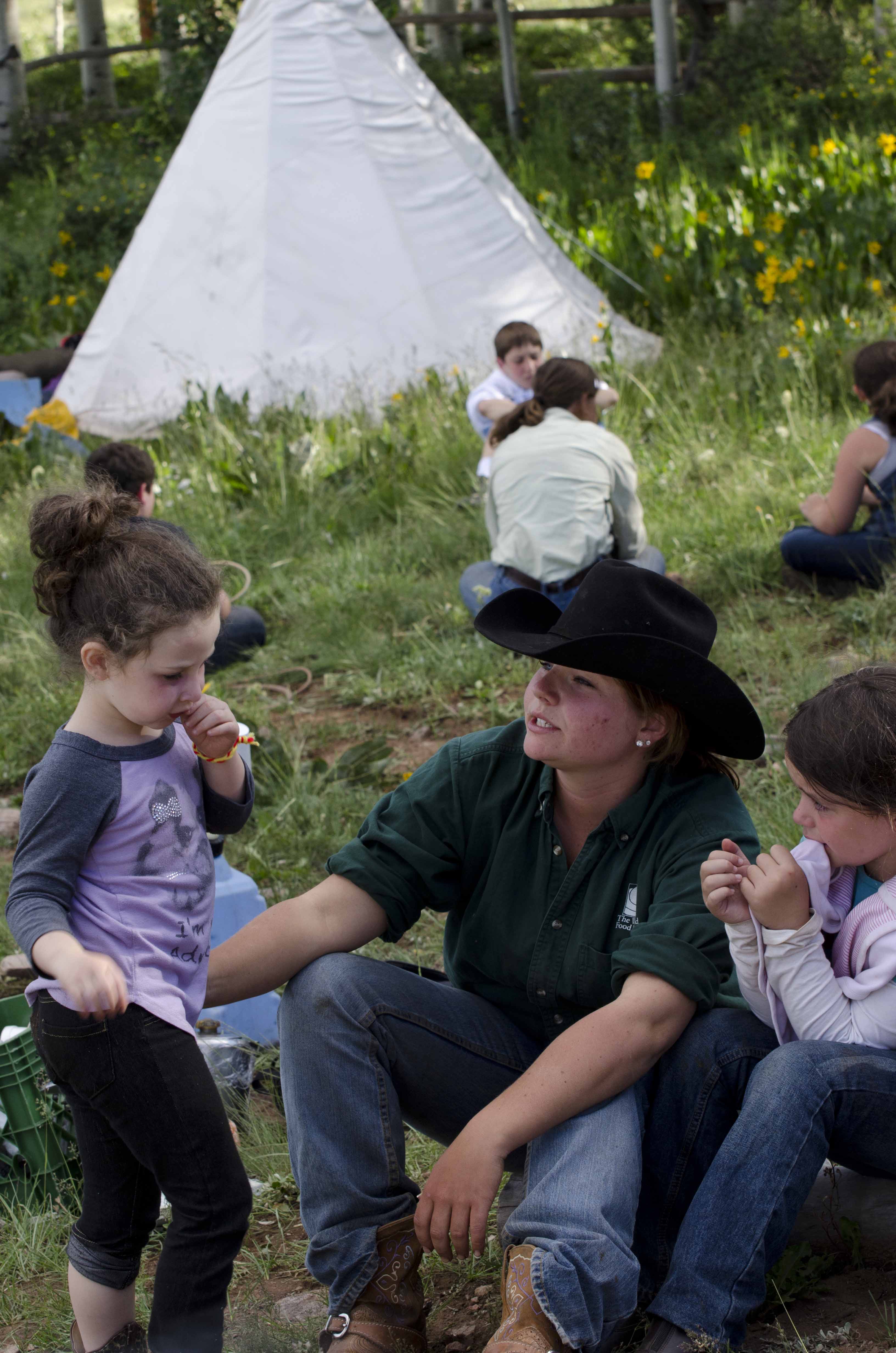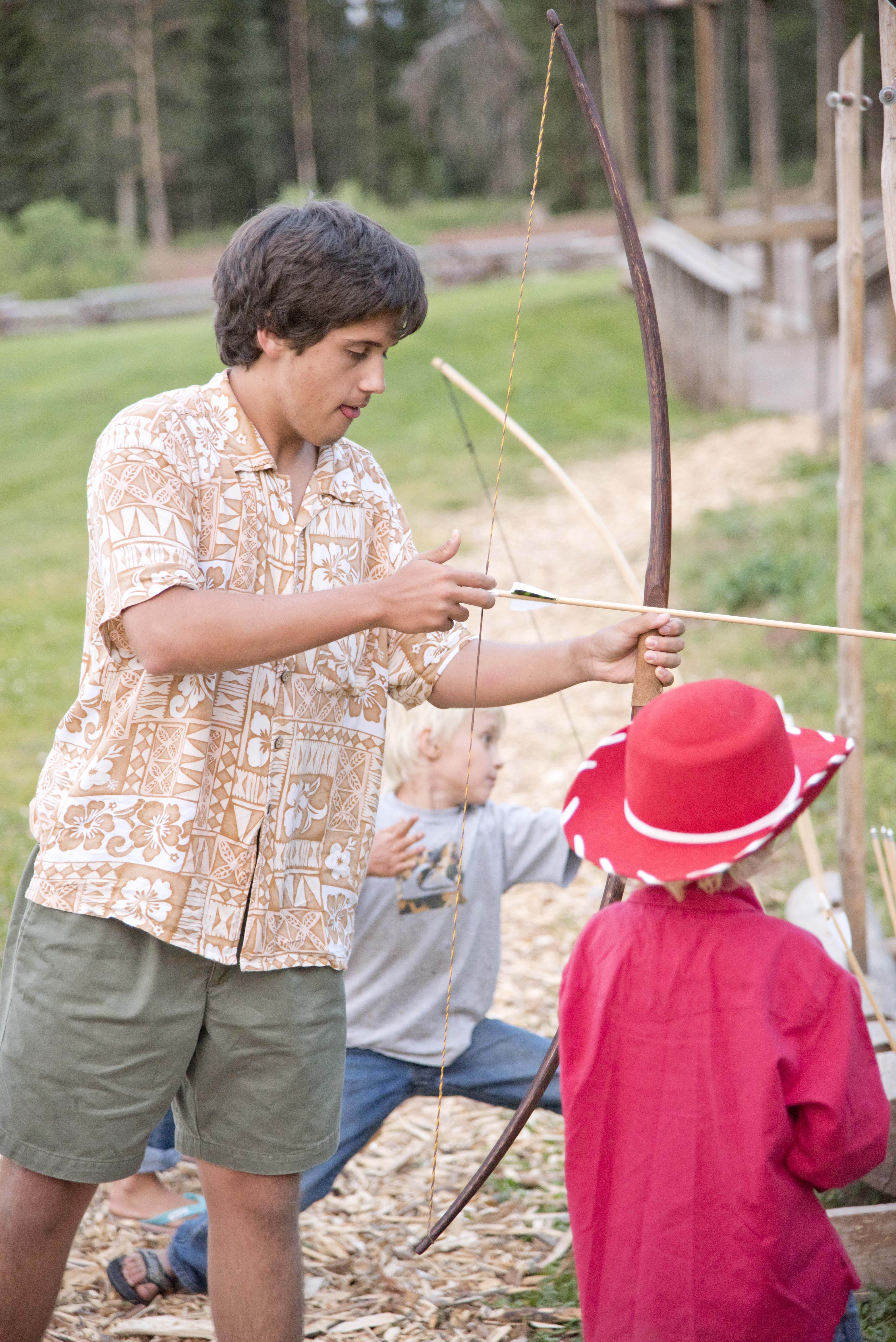
There were people living in the West long before the cowboys showed up, and when you’re at Latigo, you’ll learn a few of their secrets to living in these Shining Mountains – as the Utes used to call them.
The Ute Indians were the primary peoples living in the Middle Park and Grand County area prior to the arrival of the white man. While there is a great deal of evidence to suggest previous, more primitive cultures, they all seemed to be somewhat transient until the modern tribes arrived and established themselves, likely in the mid-1400s. The Utes were a darker skinned tribe than most, they lived rugged lives – hunting the rich highlands in the summer and sheltering in the hot springs during the long, cold winters. Even as remote as they were, there were still fights to be had with the Arapaho tribe to the north.
The Utes were less socially organized than the Plains Indians, not usually appointing a chief. Of the five different tribal groupings in Colorado, the Grand County “White River Utes” were quite separate from the Uncompahgre Utes near the San Juan Mountains. Chief Ouray was appointed spokesman to the white man from there and made “Chief of All Utes”… but he probably didn’t know the Utes up north. And they were never officially notified of the treaty he signed.
As you can imagine, that stirred up some real drama back in the day. Those rich hunting grounds in Middle Park and healing waters at Hot Sulphur Springs were abruptly opened to white settlement. There were natural disputes, several of which were well-documented… including the supposedly intentional burning of Middle Park by Colorow. After a time, most of the Utes were forced to evacuate from their former reservation and settled into their new one in Utah in 1882.
But all of this is a matter of historical record. What isn’t written down with treaties and disputes? What gets dismissed as playing ‘cowboys and indians’? How did these hardy and remarkable people survive the harsh mountains without roads, infrastructure, and the internet?
Well, to begin with, many tribes were nomadic: whether you’re discussing the Plains Indians who followed the buffalo, tribes who fled conflict with other  tribes, or just the seasonal migration of the Ute Tribe that used to populate the area around Latigo, these native peoples focused on surviving where there was food, shelter, and beauty. Frequently, they used teepees instead of permanent dwellings – light and movable, with easily repaired material, the teepee was a highly functional shelter for the nomadic life. During an optional kid’s campout, and in our playground, kids get the chance to see canvas teepees up close and personal!
tribes, or just the seasonal migration of the Ute Tribe that used to populate the area around Latigo, these native peoples focused on surviving where there was food, shelter, and beauty. Frequently, they used teepees instead of permanent dwellings – light and movable, with easily repaired material, the teepee was a highly functional shelter for the nomadic life. During an optional kid’s campout, and in our playground, kids get the chance to see canvas teepees up close and personal!
Tracking: whether it was ‘the fox walk’, a method of traversing and hunting stealthily, using the wind to hide themselves from prey, hide clothing, deadfall traps, snares, or body paint to camouflage themselves during a hunt, natives of the American landscape knew how to become a part of nature in ways that we’re still admiring today. Their inspiration and respect came from their goal of hunting wildlife – wildlife you’ll get to see and wonder at on your own rides through the Shining Mountains.
 The tools by which they made their mark, by which tribal empires rose and fell, are simple ones: a bow and arrows and a tomahawk. They were used for war, crafting, survival, and art. They are surprisingly hard to master, but that doesn’t mean you shouldn’t get the chance to try during our Monday night ‘Cowboy Skills’. You’ll also get to try roping and whip-cracking, but that’s a whole other blog post.
The tools by which they made their mark, by which tribal empires rose and fell, are simple ones: a bow and arrows and a tomahawk. They were used for war, crafting, survival, and art. They are surprisingly hard to master, but that doesn’t mean you shouldn’t get the chance to try during our Monday night ‘Cowboy Skills’. You’ll also get to try roping and whip-cracking, but that’s a whole other blog post.
It may seem simple, but without fire, there would have been no hope for the Utes or the following settlers in these high, cold climes. In a world where we just spin a dial to heat a room, there is a missing connection to the raw, hungry energy of a fire to warm our hands, cook our food, or gather ‘round. Not at Latigo. You’ll eat food cooked in front of you. You’ll sit around the fire pit while our local Cowgirl singer serenades you into the night. You even have a fireplace in your cozy cabin.
But there was one final ingredient that truly made the West, whether it was the cowboys or the Indians who lived in it: community. The tribal mindset of the Native Americans played a massive role in how they survived and the manner in which they lived. The community, sharing of resources, and passing on of wisdom led to centuries of survival in rugged land. That spirit of sharing and loving still pours from every aspect of the land and the people who live in it. Neighbors are friends, and we count on each other to step in during hardships. By coming to Latigo, you not only get a great vacation, you get the chance to join a family and a community of people who love horses, mountains, and the way of the West.
Sadly, there are very few Ute Tribal members left in the area they once fondly called the “Shining Mountains”. They left their mark, though. They will not be forgotten. We are still learning to care for the land and encourage it to flourish, just as the land provides and gives us the chance to live remarkable lives at Latigo.
So what are you waiting for? Latigo is waiting for you. Come to reconnect, come to find community, for a remarkable vacation.
Don't forget to check Latigo on Facebook, Twitter, Pinterest, & Instagram!
<< Previous Post
>All Posts<